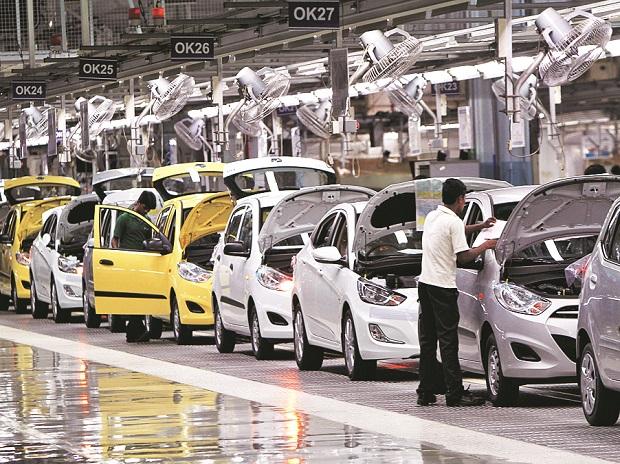A report from consultancy firm EY shows that exports and a focus on the domestic market offer major potential opportunity areas for the Indian auto industry. The report, which was read and then newscasted by PTI, recognized that the sector needs a road map for localization.
The report named “Atma Nirbhar- The Roadmap to Increase Localisation and Harnessing Export Potential of the Indian Auto Industry”. The report says that via initiatives such as ‘Make in India’, the Indian auto industry generated business worth over Rs 30,000 crores by import substitution and local manufacturing, annually.
The report says, “A major potential for import substitution for the industry lies in the availability of raw material and technology/capabilities constraints for certain high precision components and economies of scale.”
Previously, in many cases, the Indian auto industry worked to improve localization through initiatives taken by the government such as ‘Make in India. They also showed positive results as they achieved up to 95 percent localization in the passenger vehicle category of less than Rs 10 lakh.
The report also talks about how the unavailability of certain raw materials affects the local auto industry. It said, “recent technological advancement and government legislations such as emission norms, enhanced safety norms and adoption of cleaner fuels could lead to an increase in imports due to unavailability of certain raw materials, technology and capability constraints and economies of scale challenges.”
The EY report highlights the need for a roadmap to improve the localization of the Indian auto industry. It talked about how imports hurt companies billions of dollars annually. They estimated that imports of raw material and components by Indian auto component manufacturers amounted to USD 15.4 billion in 2019-20.
“Even local raw material suppliers of steel, copper, engineered plastics, etc, have an import component in the form of their manufacturing input due to constraints such as unavailability, inadequate quality, and dependence on other industries,” They said.
Comments of EY India Partner and Automotive Sector Leader Vinay Raghunath was also reported by PTI, as he said, “With the rapidly evolving mobility ecosystem, stringent emission norms, a higher focus on safety and vehicle connectivity and the push towards e-mobility, the import gap is likely to further increase in the short term.” He also added how the industry could improve by concerted efforts from all ecosystem players as it would enable them to lay a strong foundation in the future.
The report also said, “The need of the hour is to identify challenges faced by the industry and develop a short-, mid- and long-term road map for each stakeholder to tackle those challenges.” They highlighted the different setbacks on different component categories that lead to more imports. The report showed how processors for automotive electronics are almost 100 percent imported due to lack of wafer fabrication centers in India, which require a high capital investment of around USD 5 billion.
Also, EY India Partner (Automotive) Som Kapoor said, “In order to re-align and mitigate the risks of global supply-chain fluctuations, additional reinforcements and incentives should be considered by the government.’ This can be done, he added, by working for a hand-in-hand with industry associations to ensure higher levels of localization for India, to become export competitive.”
They also talk about how the overall volume of the auto industry has a big role to play in localization.
India has the potential to improve exports in the auto industry. The current auto-export as a share of total exports stands at 4.3 percent. This is much lower than those figures of Thailand, which is at 10 percent, Germany and South Korea both standing at 13 percent, and Japan at 22 percent.

